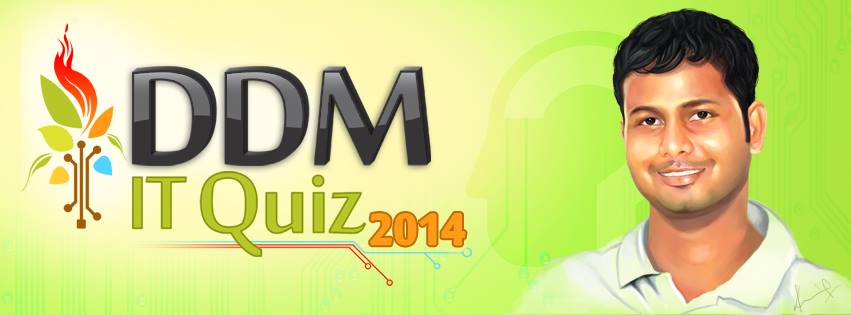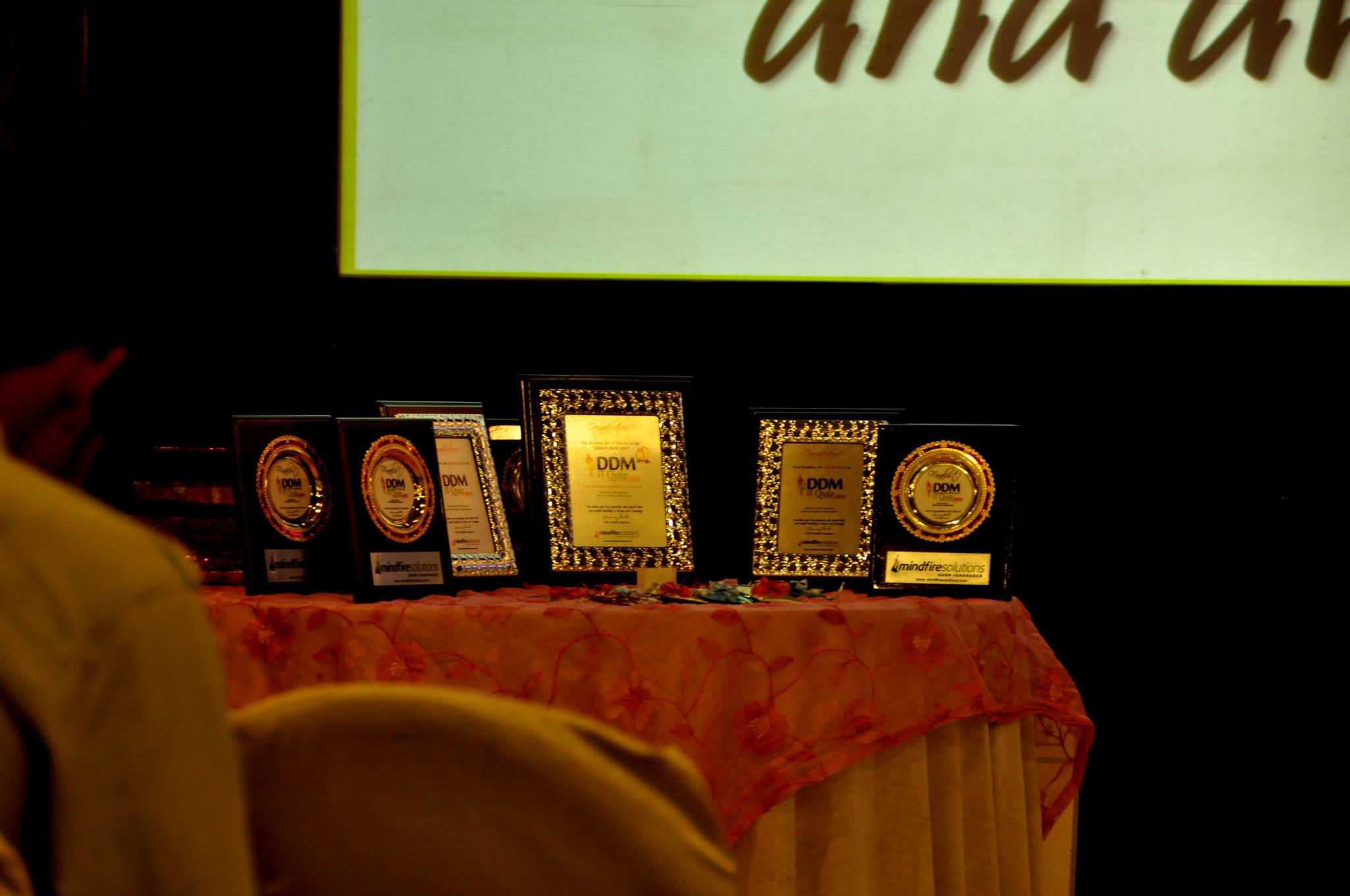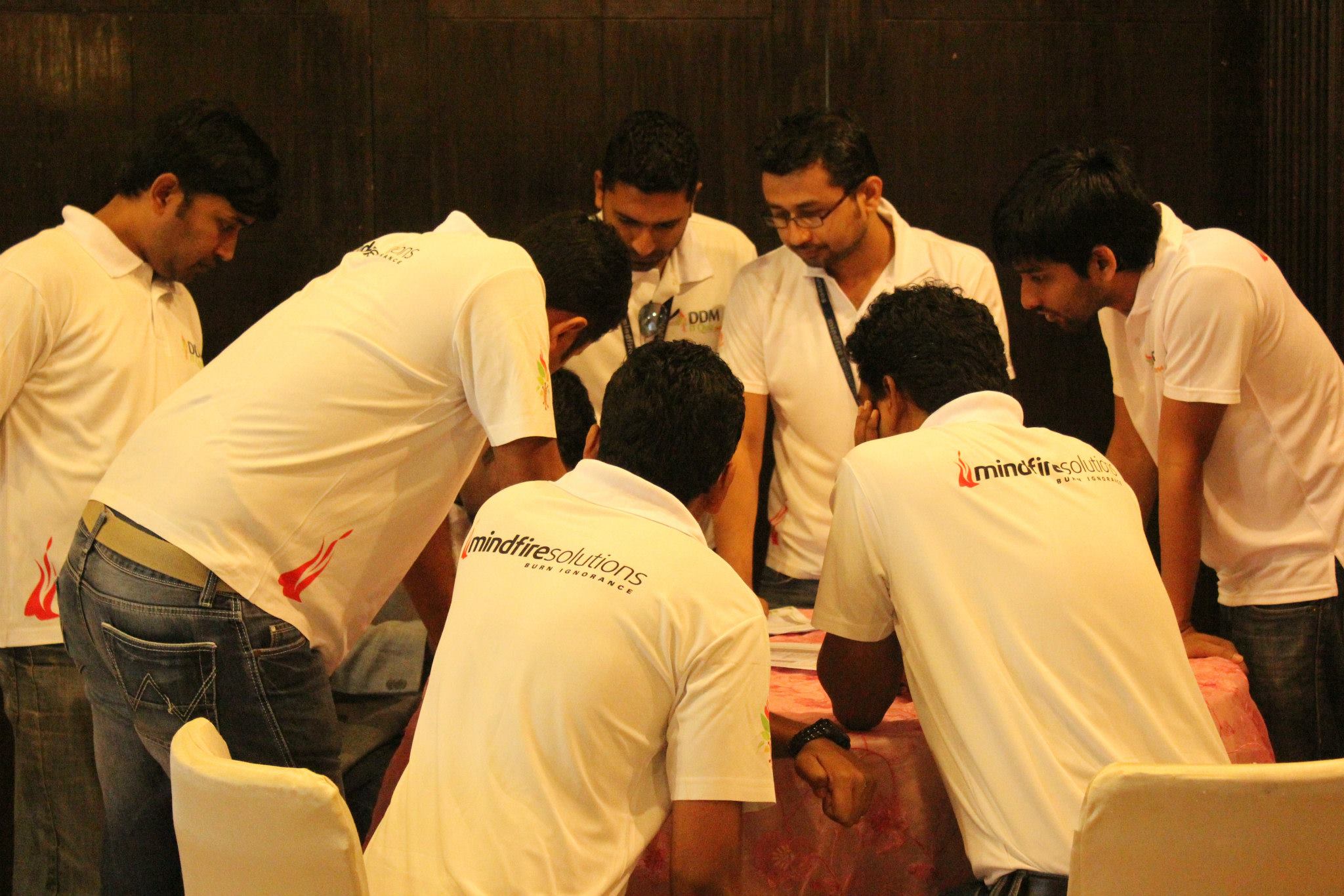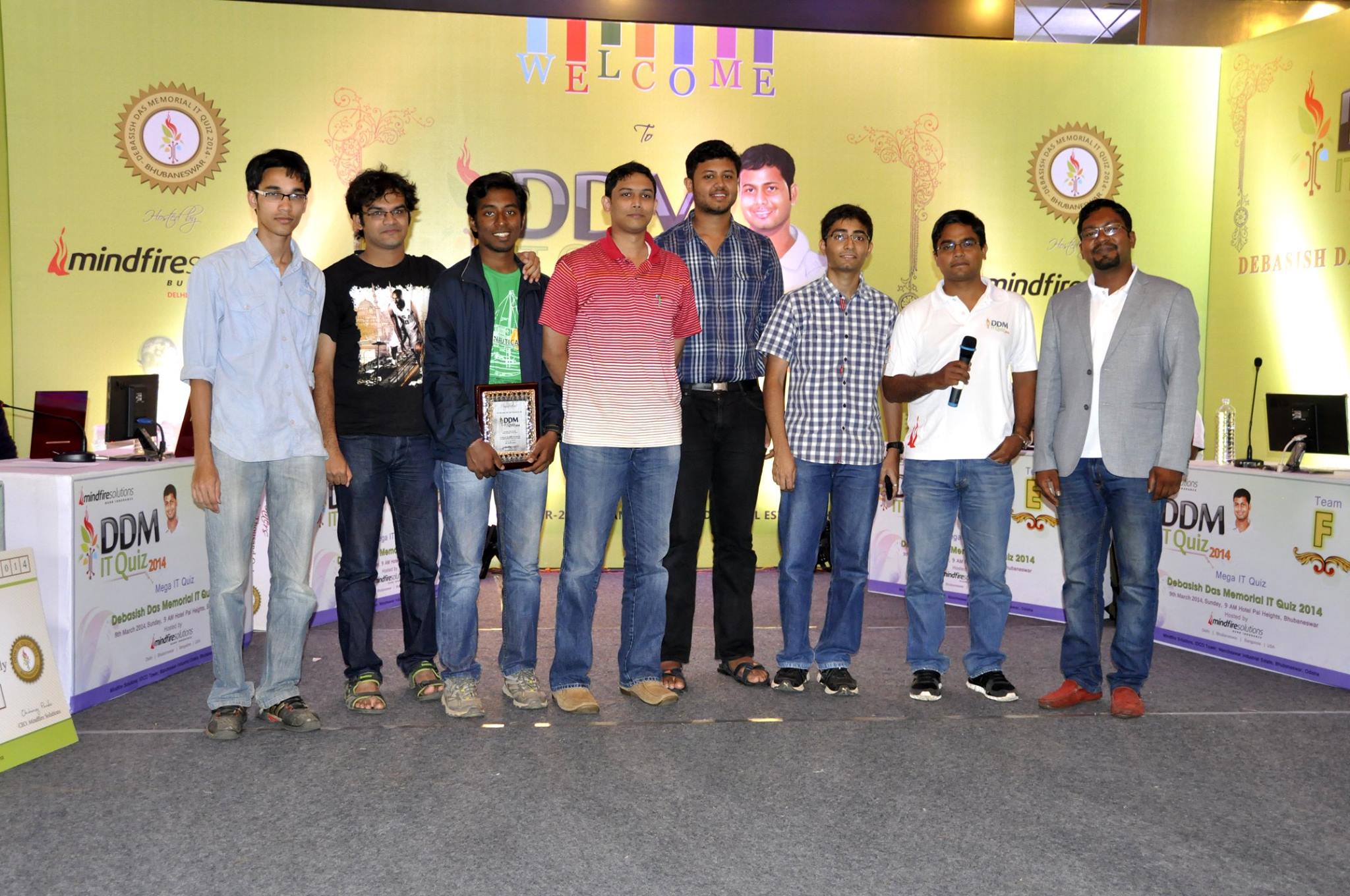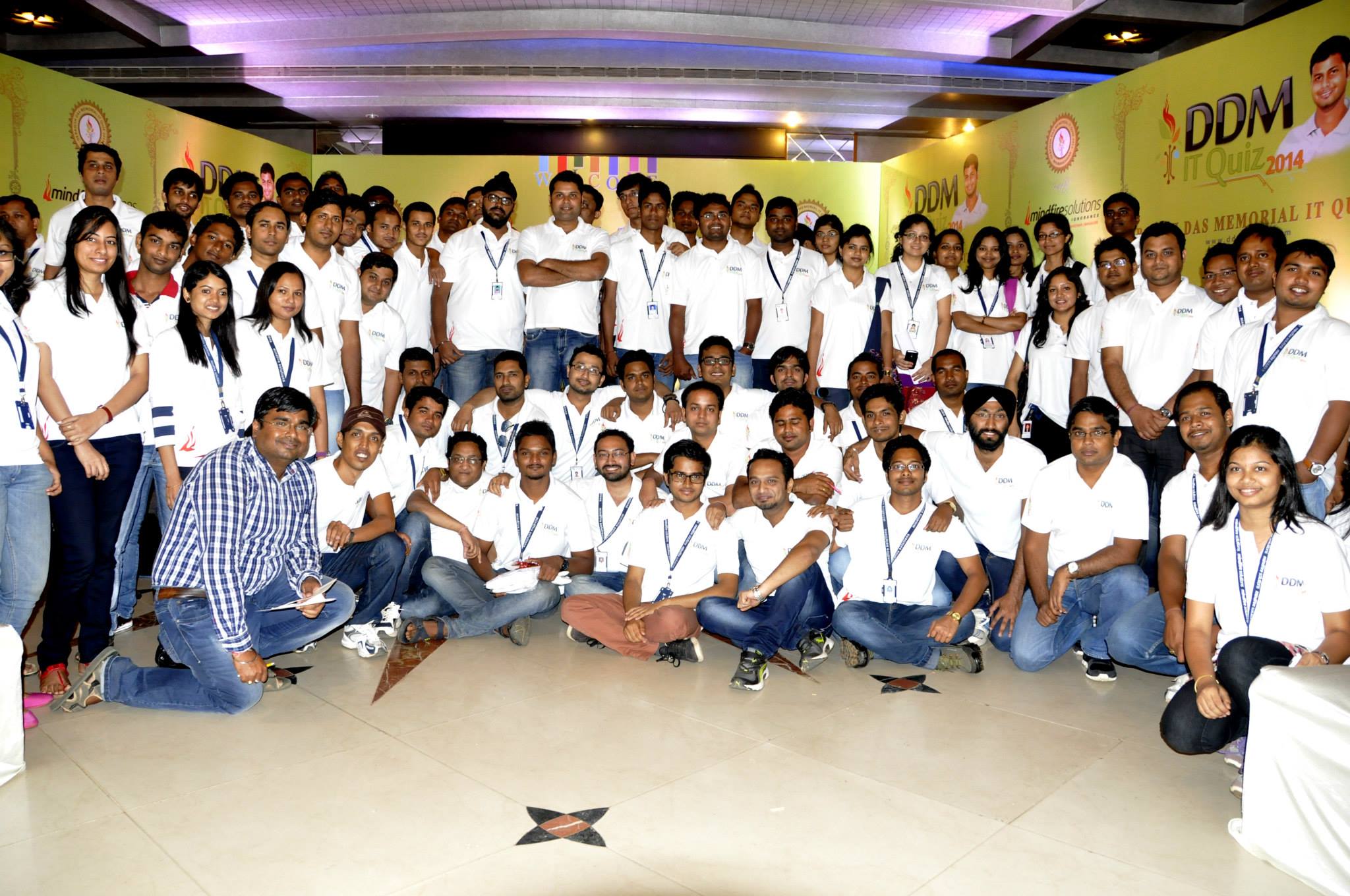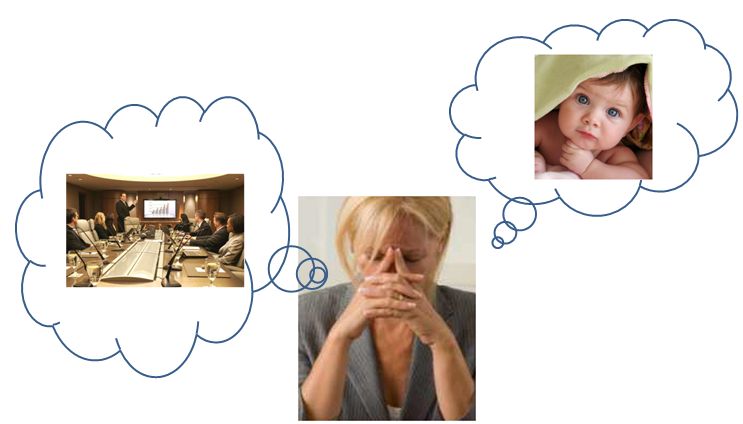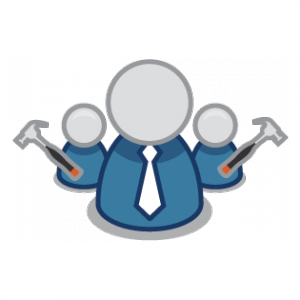Alternatively called revolutionary and creepy, Google Glass has cyberspace up – up in arms and up for it. Hate it or like it, you can’t ignore it.
There are social, privacy and etiquette implications. Not surprisingly, places where privacy is paramount (such as dive bars), have banned Google Glass. This makes headlines because…nobody knows!
And then there are positive applications such as surgeons monitoring indicators without having to look away. This makes headlines because…nobody knows!
Nobody knows what will happen to Google Glass.
You can’t even put it in any one slot. Is it technology? Is it fashion? Is it vanity? Is it utility? Is it the first attempt at mass wearables? Is it the advent of the cyborgs? It doesn’t end.
The best way to think about Glass is by closing your eyes.
If the downsides are mostly about inappropriate use or privacy concerns, the assumption is that wearers will never take them off. Given that it is easy to take off, it is is easy to see that people will just adapt and remove them at inappropriate places.
The question is: what utility can it provide?
Consumer uses are highlighted by Google. However, I feel specific work applications will come up as developers and organizations re-imagine the possibilities. You can use live-streaming for experience-sharing among friends, or field support personnel can use live-streaming to transmit a malfunctioning machine’s innards to an expert. You are an augmented human being with capability to see additional relevant information to the task at hand.
How can custom software development be impacted? One idea: a constantly recording Glass app with N-recent-minutes recording will mean that testers always have access to what they just saw – elusive bugs which cannot be reproduced will always be captured.
Every industry will have ideas of its own on what Glass can do for them. If Glass can make nurses more accurate, real-estate agents more responsive, students more attentive – you will use them.
Will you look uber cool or downright stupid wearing them? Will you care, if it helps you do things better and faster?


